***
France/Spain 2011
Day 5 - 21st March - Paris: Musée Guimet - China (Part 7)
Next was the Chinese collection. Which had essentially the only stuff from the BC era. The early Chinese material was less interesting than the rest of the Asian collection (maybe except the Vietnamese stuff), but I hope it never goes to China - because it'll never leave its shores again, and will probably rot in some storeroom.


Zun vase in the form of an elephant. 12th-11th c. BC. Changsha region.
This shows the shamanic influence in the totemic aspect.
The Chinese text was a welcome bonus (even if I couldn't read most of it)


Divination inscriptions. 14th-13th c. BC. Henan.


Bronze Stylus for divination inscriptions, hand sculpted in stone. 11th c. BC. Henan.



Aromatherapy item in the shape of a duck. 2th-3rd c.

Various figurines



Observation tower. 1st-3rd c. Henan.
Interestingly in Chinese museums they date their items (at least on information plaques) by reign - or by dynasty if such fine dating is not available. Naturally more precision as in Western museums is better.

Chef at his work table. Later Han. ~2nd c.



Tomb guardian. 1st-3rd c.



Polo players. First half of 8th c. North China.



Camel and rider. Middle of 7th c. North China.
The Tang figurines were curiously colourless (one reason I wasn't so impressed).

Tang horse, women. I'm quite sure this is tomb pottery.



Bodhisattva holding a Lotus Flower. Septentrional China (North China). 542 AD.

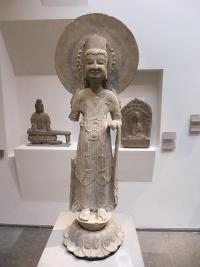
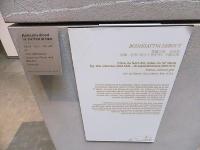
Bodhisattva standing on a Lotus Flower. Northeast China. Middle of 6th c.
I'm not sure why the two plaques don't have the same basic information.




Bodhisattva musician with zither. Septentrional China (North China), possibly Yungang Grottoes. 6th c.
This was nice, especially due to the 3D effect (it had a different aspect from the side). However the art from this era was still a bit awkward.



Apotheosis of the Descent to Earth of Buddha Maitreya. Septentrional China (North China). 504 AD.

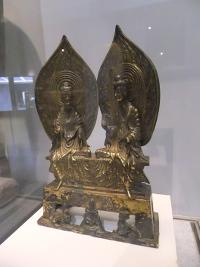


The Buddhas Shakyamuni (Shijia) and Prabhutaratna (Duobao). Illustration of the Lotus Sutra of the Wonderful Law. Hebei. 518 AD.
This shows the past and new Buddhas, and the unity of their doctrime. The 2 lions are royal symbols and 2 worlds (if I read the latter scribble correctly)


Illustration of Sujati-jataka. Extract from the Late Life of the Buddha. Xinjiang. 6th c.-start of 7th c.
This shows the Sage and the Madman.
You can tell that the artistic style from Xinjiang is very different from that of the Chinese heartland. Which perhaps has implications for Xinjiang separatism.



Buddha Triad Sakyamuni. Votive stele. 3rd quarter of 6th c. Septentrional China.


Buddhist votive stele. Septentrional China. Middle of 6th c.


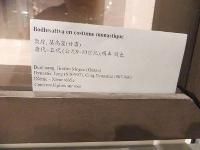
Bodhisattva in Monastic Garb. Gansu. 9th-10th c.
This group of banners from Gansu come from the Mogao Caves of Dunhuang which are a UNESCO World Heritage Site. Luckily it was protected during the Cultural Revolution as researchers "boarded up the caves and handed out pamphlets with an edict by then Premier Zhou Enlai designating Mogao as a national heritage site"



Standing Bodhisattva. Gansu. 10th c.




Bodhisattva presenting pink lotus. Gansu. 10th c.



Bodhisattva presenting a group of flowers. Gansu. End of 9th c.



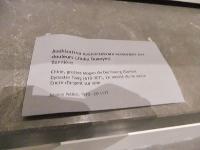
Bodhisattva Avalokitesvara the rescuer amidst pain (Jiuku Guanyin). Gansu. Second half of 9th c.


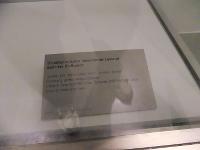
Flying divine musicians (apsara). Gansu. 9th c.


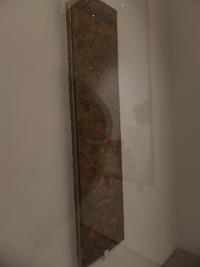


Banner Fragment with lotus foliage. 9th c.


King guardians (Guardian kings?). N. China. Start of 8th c.


Eight Armed Guanyin. Gansu. End of 9th c.-Start of 10th c.
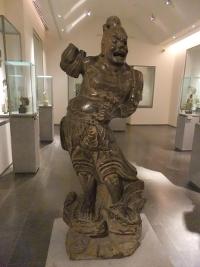

Door Guardian (Dvarapala). North China. 7th-8th c.


Celestial God (Lokapala). N. China. 7th-8th c.